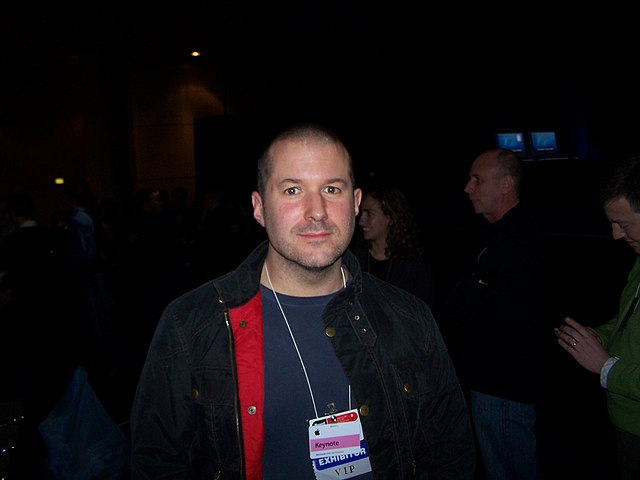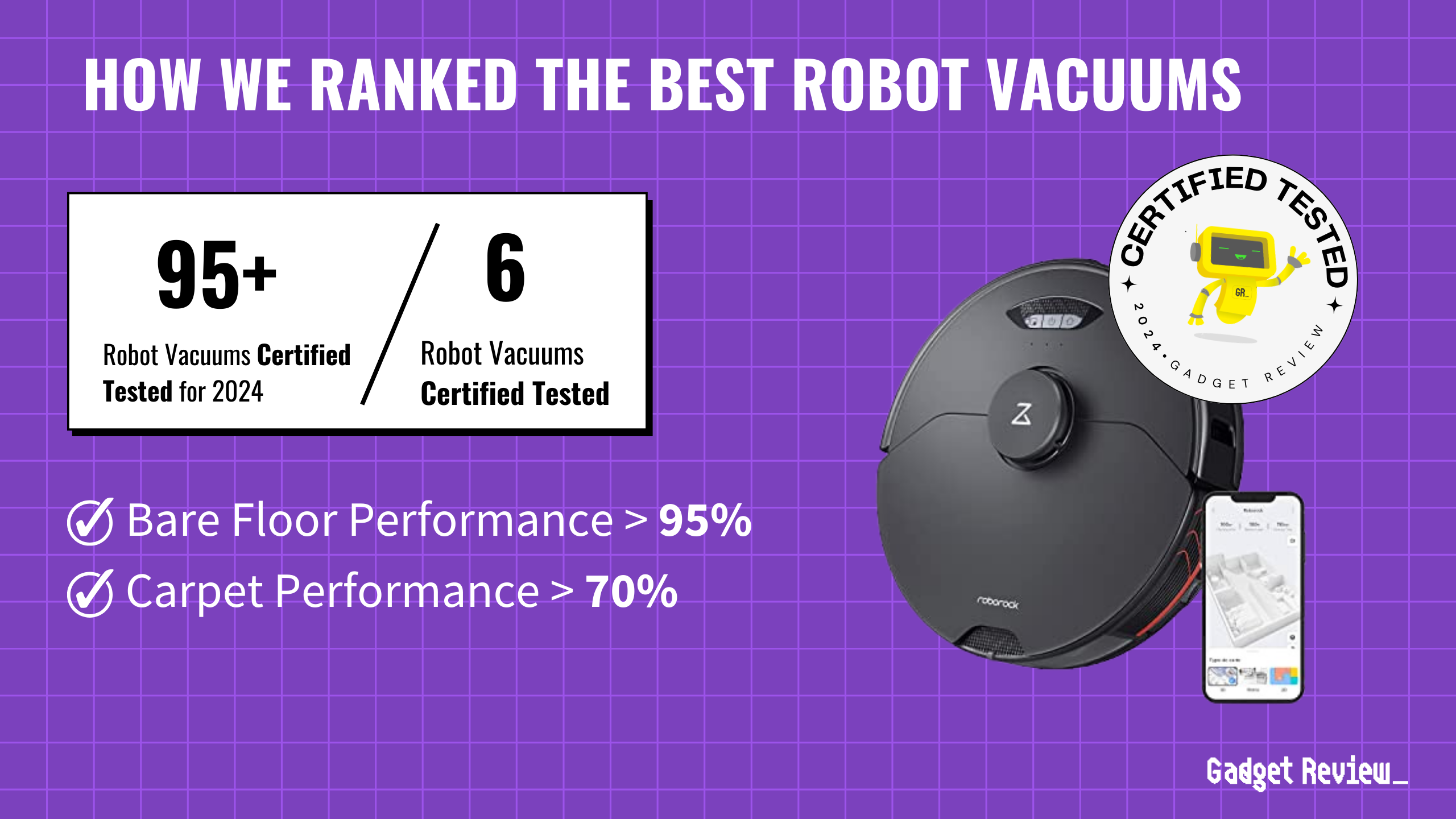Why it matters: Jony Ive, Apple’s former design guru, is teaming up with OpenAI to create a new AI device, according to NYT. This project could change how we use technology in our daily lives. But it also raises questions about privacy and who really benefits from these advanced AI tools.
Big money, big dreams: Ive’s project is aiming to raise $1 billion by the end of the year. That’s a lot of cash, showing that investors think this idea could be huge.
- Ive himself and Laurene Powell Jobs’ company are putting money in.
- There are rumors that SoftBank might invest, too, but that’s not confirmed yet.
What’s the big idea? The exact details are secret, but we know the goal is to make a device that uses AI in new ways. We know it’s not a phone, according to Axios. It’s supposed to do things your smartphone can’t, like understanding complex requests and giving you information in more natural ways.
- The team wants to create something as revolutionary as the first iPhone.
- They’re trying to avoid the problems other AI gadgets have had, like being too complicated or not useful enough.
Dream team assembly: Ive has brought together some top talent for this project. Many team members worked on the iPhone at Apple, so they know how to make game-changing devices.
- The team is small right now, with only about 10 people.
- They’re working in a huge office in San Francisco, showing they’re serious about this project.
Challenges ahead: Making a new type of AI device isn’t easy. Other companies have tried and failed to create AI gadgets that people actually want to use.
- Some experts wonder if we really need a separate AI device when our phones can do so much already.
- The team will have to prove that their device offers something truly new and valuable.
What it means for you: If this project succeeds, it could change how you interact with technology every day. But it’s important to think about what that means for your privacy and data.
- The device might make certain tasks much easier, like planning trips or getting information.
- But it could also mean sharing more of your personal information with AI systems.




















